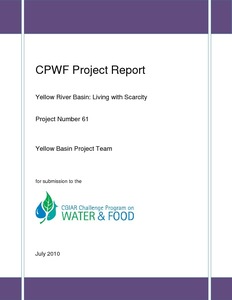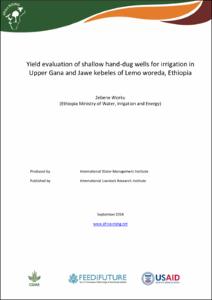Wavelet-based spatio-temporal fusion of observed rainfall with NDVI in Sri Lanka
Availability of rainfall time-series is limited in many parts of the World, and the continuity of such records is variable. This research endeavors to extend actual daily rainfall observations to ungauged areas, taking into account events of rainfall as well as cumulative total daily rainfall, over a period of 11 years. Results show that rainfall events histograms can be reconstructed, and that total cumulative rainfall is estimated with 85% accuracy, using a surrounding network of rain gauges at 30-50 Km of distance from the point of study.







